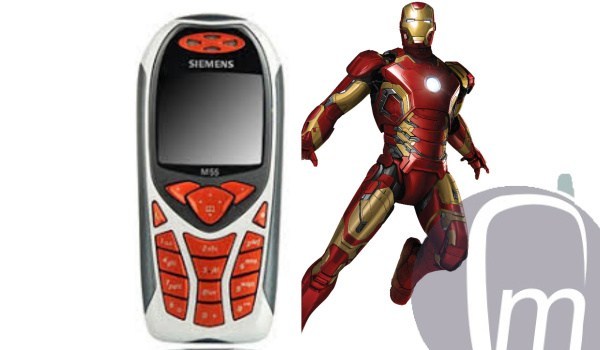What is GPRS?
General Packet radio Service, or GPRS for short, was the internet technology that saved us from creepy crawly and expensive dial-up internet on mobile networks. GSM dial-up is known as Circuit Switched Data (CSD) in technical circles, but we will keep calling it GSM dial-up here. Before GPRS, using GSM dial-up for mobile internet was a painful affair. The speed of GSM dial-up was inversely proportional to its cost: the slower it was, the deeper it ate into your pocket. I remember that I would connect to the internet by dialling a special number and was billed at N50 per minute. Per second billing did not exist then. At N50 per minute, if the connection was bad at the time – and it very often was – I was stuck there waiting for my mails to come in as my airtime was wiped out N50 by N50. Oh, the pain! But Glo the Avenger showed up and saved us. For starters, by introducing per second billing and so compelling MTN and ECONET to follow suit, it was now more convenient to use dial-up. But it got better. Glo soon launched GPRS service in Nigeria. That was in 2004, and the Siemens M55 was one of the first GPRS phones in the market at that time. It was one of the first phones that I used GPRS on. Here was the thing: for many months before the official launch, Glo GPRS was actually available free of charge for those with insider information to use. And I was one of those. Imagine months of free super-fast internet browsing. GPRS had a maximum download speed of up to 115 Kbps, which is slow by today’s 3G and 4G standards. But when you realize that the theoretical maximum speed for GSM dial-up was 9.6 kbps, you understand why I say GPRS was God-sent. So, yes; GPRS was “super-fast” at that time. It was like heaven when compared to dial-up mobile internet. It was like the difference between day and night. It was a huge pleasure – orgasmic actually – having access to faster web browsing and downloads on GPRS devices that included Siemens m55, Samsung x100, as well as the Sony Ericsson P800 Symbian smartphone, among others.
Iron Man vs Siemens m55: Who wore it better?
The striking similarity between the design of the Siemens m55 phone and Iron Man’s body armour is quite striking. Perhaps we need to decide who wore it better – the phone or Tony Stark? Siemens stopped making mobile phones in 2005 when Siemens Mobile was sold to BenQ, a Taiwanese company. Siemens Mobile made some great phones, but kept running at a loss. 2003 was a long time ago, but a little mobile history does not hurt. That way, you can see how far we have come. Here is my Siemens m55 review. You can also read a bit more about my adventures with GSM dial-up. But getting back to Iron Man vs Siemens m55: who wore it better – the man or the phone?
Don’t miss our reviews.Follow our news on Google News.Join our WhatsApp Group, to be notified of the most important articles and deals,Follow us on Instagram, Facebook, Twitter, and YouTube.
